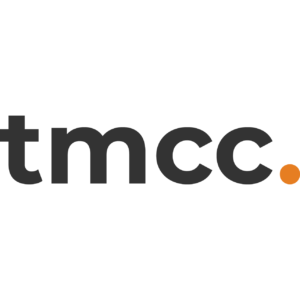Public relations is a key tool in the armoury of many organisations looking to build their brand’s awareness and reputation through independent media channels. PR is not without risks, however, and a strategic public relations (PR) plan is an essential start point for those looking to take working with the media seriously.
We’ve put together 12 important pointers that should form the basis of your strategic PR plan:
Define your goals and objectives: clearly define the goals and objectives of the PR campaign so that you are clear on what you are looking to achieve and can measure success afterwards. Goals and objectives might include: brand awareness, improving reputation, or generating media coverage. Ideally try to allocate target metrics against each of these.
Agree your target audience: for some organisations your target audience might be obvious, for others less so. This is true especially where an organisation is more complex with a number of propositions. The plan should include as much information as possible about the characteristics and makeup of the target audience.
Build your key messages: clearly defining your key messages is crucial. These should be clear, concise, and consistent, and should support the overall goals and objectives of the campaign. Generally speaking, it’s important to realise that your key messages will have to be subtly built into your communications (such as press releases and by-lined articles) to avoid content that is too sales related.
Identify your media targets: outline the specific media outlets you are looking to target, as well as the key journalists and influencers to engage with. This will take a little time, which is where tools such as media database tools such as Roxhill come into play.
Event planning and execution: if you are planning to host events, such as product or report launches, press conferences, or trade shows, the plan should include details, including dates, locations, target attendees, and key messages.
Don’t forget social media: as there might be a number of key influencers you’ll want to build relationships with. Plus, whatever content you produce for your PR activity might well be suitable for repurposing across your social channels.
Your crisis communication plan: include a crisis communication strategy that outlines the steps you’ll need to take in the event of a crisis, such as a product recall or negative media coverage. Detail your crisis management team and think about producing a separate crisis communication plan.
Budget and resources: outline your budget for the PR campaign, including costs for staff, events, media relations, and other expenses. This might include agency costs as well as fees for press cuttings, taking pictures and so on.
Measurement and evaluation: detail metrics for measuring the effectiveness of the PR campaign, such as media coverage, social media engagement, and website traffic. This should be dynamic and reviewed regularly.
Long-term sustainability: you could include a long-term sustainability strategy that outlines the steps you’ll take to maintain and build on the momentum generated by your PR campaign. This will help to avoid the ‘what now?’ moment.
Collaborate with colleagues: it’s important to be collaborative and make sure all relevant departments such as marketing, sales, customer service, and human resources are aware of the activity and the publicity that could results.
Integration with the business plan: your overall business strategy should be the initial driver of the campaign so it’s worth outlining this and be clear on how the integration has taken place.
Your strategic PR plan should be a living, dynamic, document but it’s important to be thorough from the start to give yourself and your campaign the best possible chance of success. Our ’12 point’ blog post is a good starting point and one that will hopefully set you on the right course!



